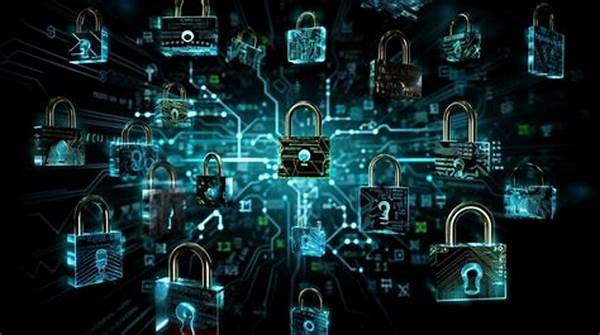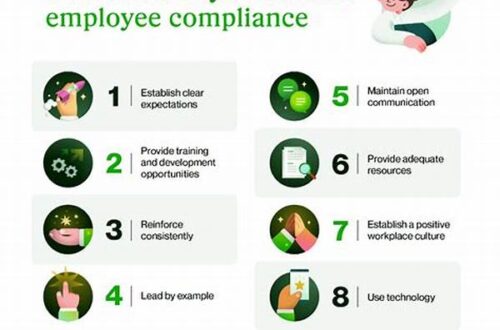In the fast-evolving global landscape of digital communication, cybersecurity has become a cornerstone of secure information dissemination. Media personnel, who act as the primary conveyors of news and information to the public, are undoubtedly at the forefront of this domain. The pressing need for stringent cybersecurity protocols for media personnel cannot be overstated, as their work involves handling sensitive data and maintaining sources’ confidentiality in an ever-threatening digital world.
Importance of Cybersecurity Protocols
To comprehend the necessity of cybersecurity protocols for media personnel, one must first appreciate the digital vulnerability that these professionals face. Journalists and reporters often deal with classified information and depend on digital tools to research, communicate, and distribute content. This dependence invariably exposes them to a myriad of cyber threats. Digital espionage, data breaches, and targeted cyber attacks are but a few of the challenges that these individuals confront daily.
Furthermore, in the pursuit of truth and transparency, media personnel frequently place themselves in adversarial positions against entities holding significant power and resources. This adversarial stance heightens the threat landscape, making them prime targets for malicious actors intent on silencing such voices. In this context, cybersecurity protocols for media personnel serve as critical mechanisms to safeguard not only the individuals involved but also the broader tenets of free speech and democracy.
Implementing robust cybersecurity measures requires a proactive and informed approach. Media organizations must ensure that their staff is adequately trained in identifying potential threats and adopting preventive strategies. In this vein, cybersecurity protocols encompass a range of practices—from secure communication channels and encrypted data storage to comprehensive threat assessment and response strategies—each integral in fortifying a media professional’s digital defense.
Essential Cybersecurity Measures
1. Secure Communication Channels: Encrypted messaging services are imperative for maintaining confidentiality in communications.
2. Regular Security Audits: Conducting frequent checks ensures that vulnerabilities are identified and mitigated promptly.
3. Data Encryption: All sensitive digital content must be encrypted to prevent unauthorized access.
4. Two-Factor Authentication: This adds an extra layer of security to accounts accessing critical information.
5. Phishing Awareness Training: Media personnel need to recognize deceptive attempts to compromise their data.
Training and Awareness for Media Personnel
Comprehensive training and awareness programs form the bedrock of effective cybersecurity protocols for media personnel. These protocols underscore the importance of equipping journalists with the skills needed to navigate the complexities of digital security. Workshops and seminars led by cybersecurity experts offer invaluable insights into prevalent threats and the best practices for mitigating these risks.
Moreover, a culture of security must be fostered within media organizations to ensure that cybersecurity is not perceived as an isolated responsibility but rather as a collective commitment. This cultural shift is crucial to embedding cybersecurity best practices into the daily workflows of media personnel. Implementing a security-conscious mindset across all levels of the organization reinforces the importance of safeguarding information and maintaining the integrity of their journalistic mission.
Adopting Technological Solutions
Another facet of cybersecurity protocols for media personnel involves integrating cutting-edge technological solutions to combat digital threats. Advanced software tools designed to detect and prevent cyber attacks should form a part of every media organization’s toolkit. These tools, coupled with real-time monitoring, aid in the early detection of potential breaches, allowing for immediate action to be taken.
Furthermore, maintaining updated and secure digital infrastructure ensures that media personnel can operate with confidence, even in the face of increasingly sophisticated cyber threats. Automated backups and secure cloud storage solutions are vital in protecting valuable data and ensuring continuity in reporting, even in the event of a cyber incident.
Collaboration with Cybersecurity Experts
Forging partnerships with cybersecurity experts and organizations allows media personnel to stay abreast of emerging threats and the latest defensive strategies. Engaging with specialists in the field facilitates the sharing of knowledge and resources, thereby reinforcing the overall security posture of media outlets.
Such collaborations not only aid in tailoring cybersecurity protocols for media personnel but also create networks of support in times of crisis. Media organizations benefit from these alliances, drawing on the expertise of those focused solely on countering cyber threats. This mutual symbiosis underscores the importance of community-based defensive strategies in the ongoing battle against cyber adversaries.
Challenges in Implementation
While the rationale behind cybersecurity protocols for media personnel is clear, implementing these measures poses several challenges. Resource constraints, particularly in smaller media houses, may limit access to state-of-the-art security solutions. Additionally, the ever-evolving nature of cyber threats demands constant vigilance and adaptation, which can be taxing for personnel already stretched thin by the demands of modern journalism.
The dynamic and often unpredictable environment of media work introduces further complexities in sustaining rigorous cybersecurity practices. Striking a balance between operational flexibility and security can be daunting, necessitating innovative approaches to risk management. Despite these challenges, it remains imperative that concerted efforts are made to prioritize cybersecurity initiatives, given their critical role in safeguarding the press.
Summary
In conclusion, the implementation of cybersecurity protocols for media personnel is crucial in navigating the digital challenges facing the contemporary media landscape. These protocols serve to protect the sanctity of journalism and the safety of those who pursue stories that inform, enlighten, and, at times, challenge the status quo.
Cybersecurity protocols encompass a broad spectrum of measures, from secure communications and data encryption to partnerships with cybersecurity experts, each tailored to fortify the defenses of media personnel. The challenges in implementation are substantial, yet they are a necessary burden if the principles of truth and transparency, which lie at the heart of journalism, are to be preserved and protected.
Ultimately, the resolve to uphold cybersecurity protocols for media personnel is indicative of the broader commitment to defend our shared information ecosystem. In a world where information is power, ensuring its secure transmission and integrity is of paramount importance, a task that media organizations must pursue with unwavering determination and support.





